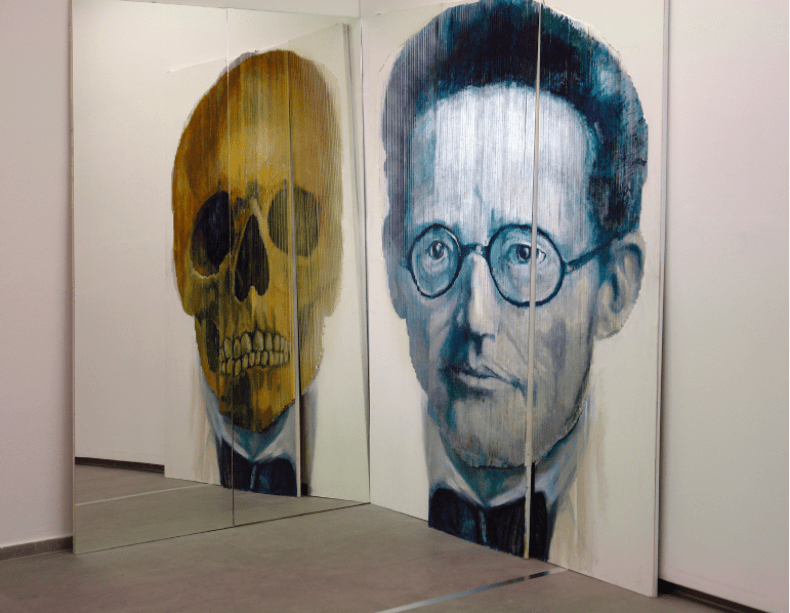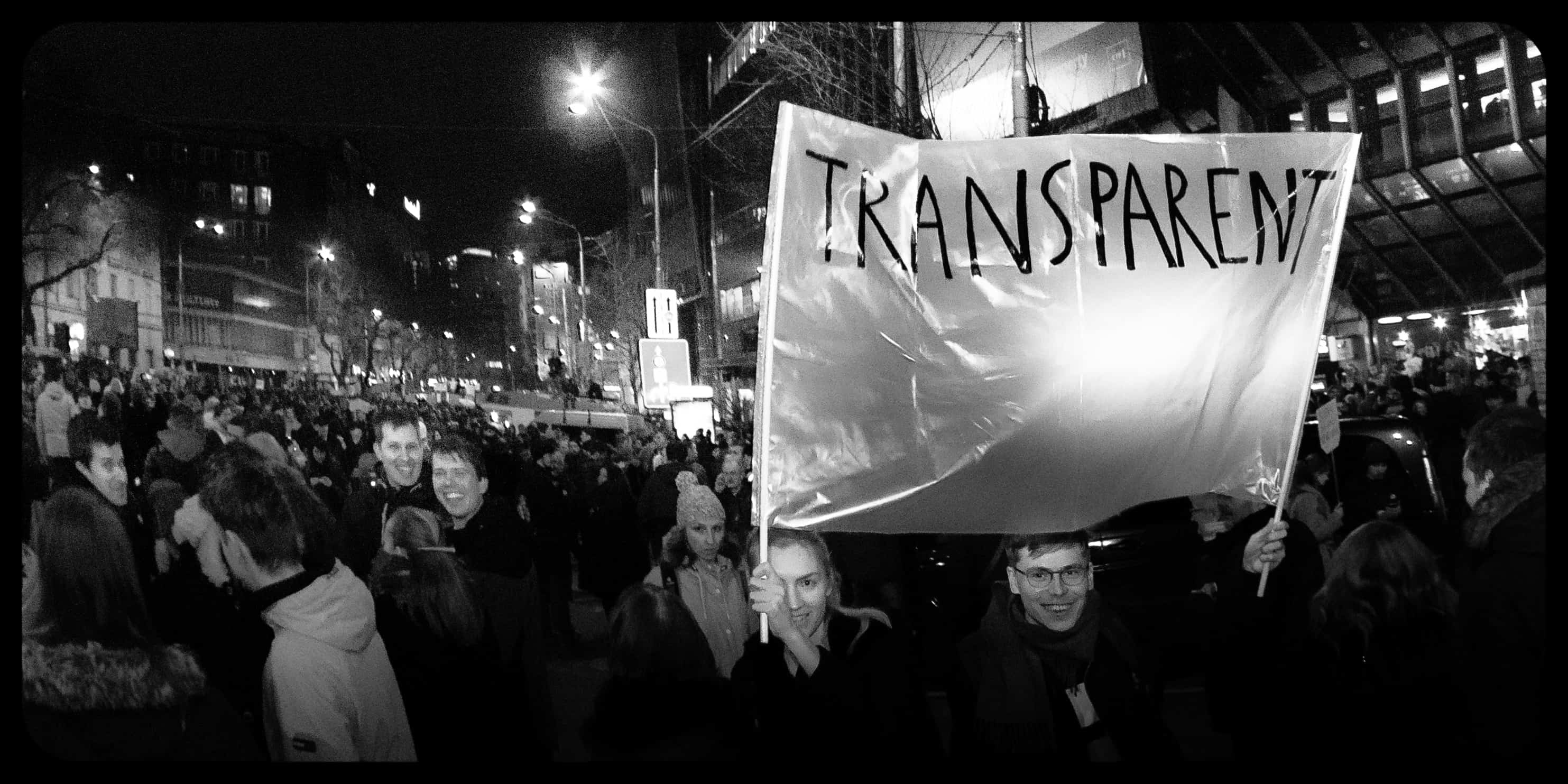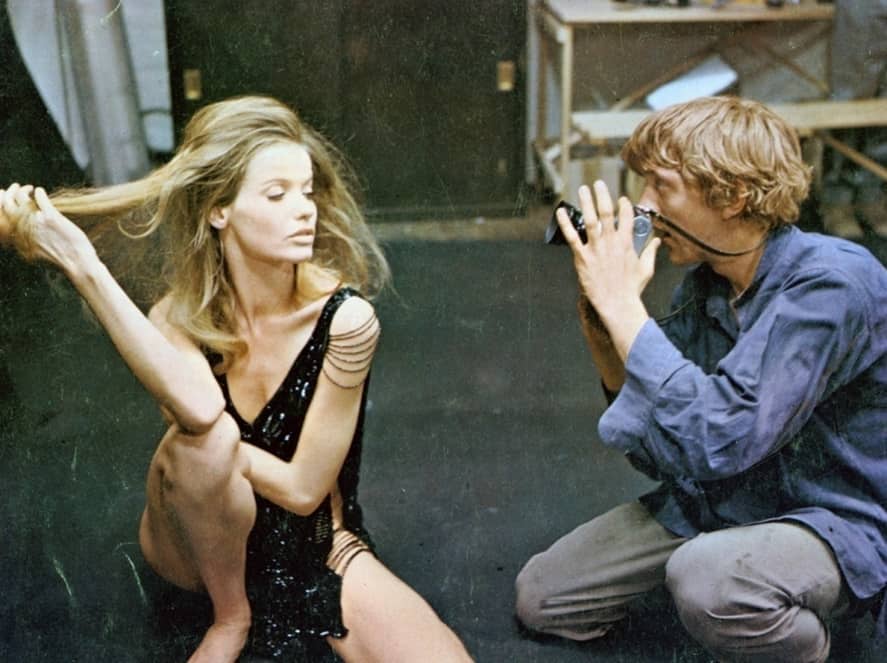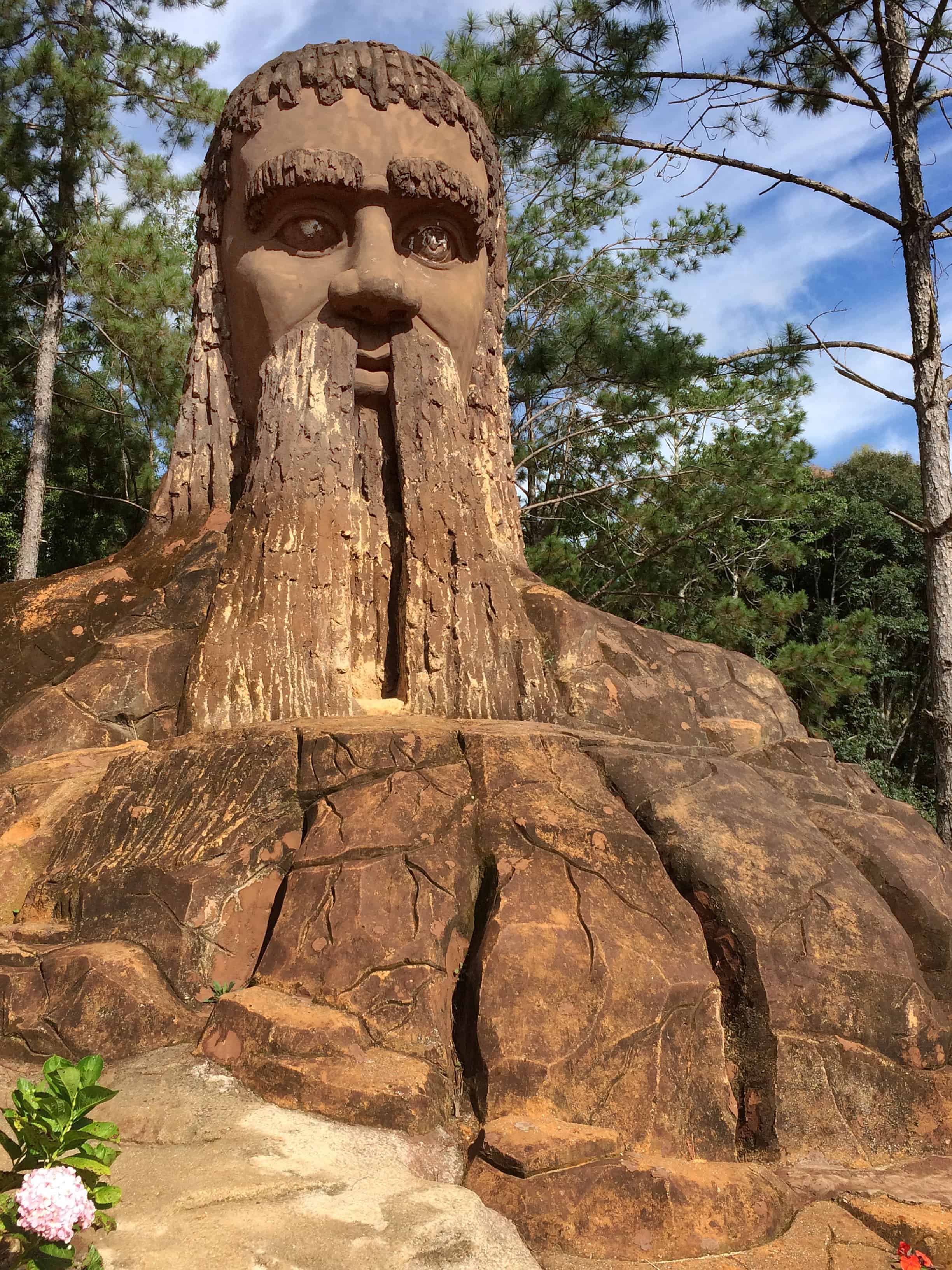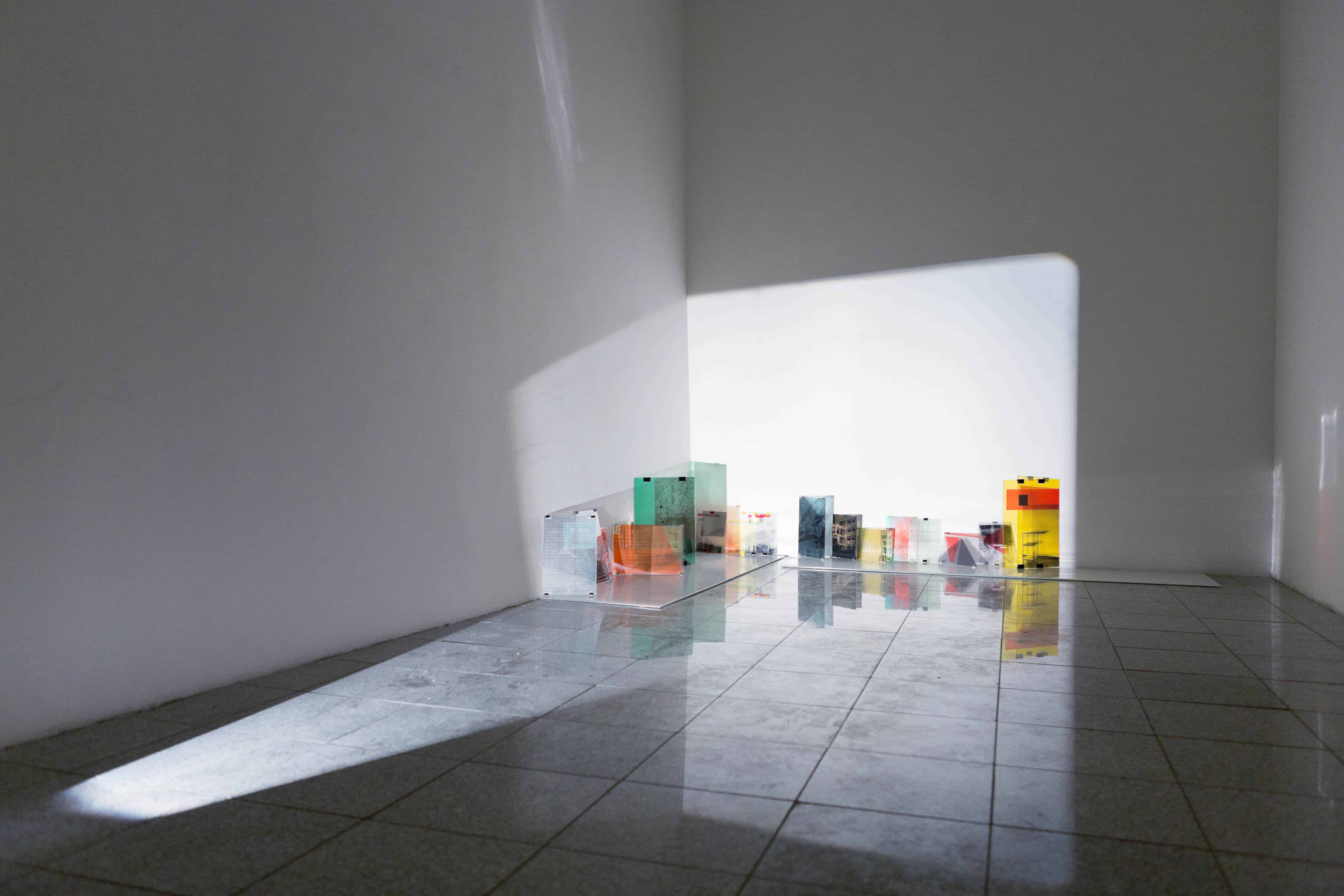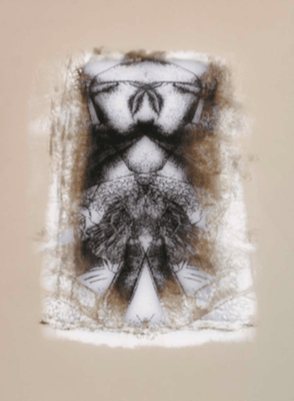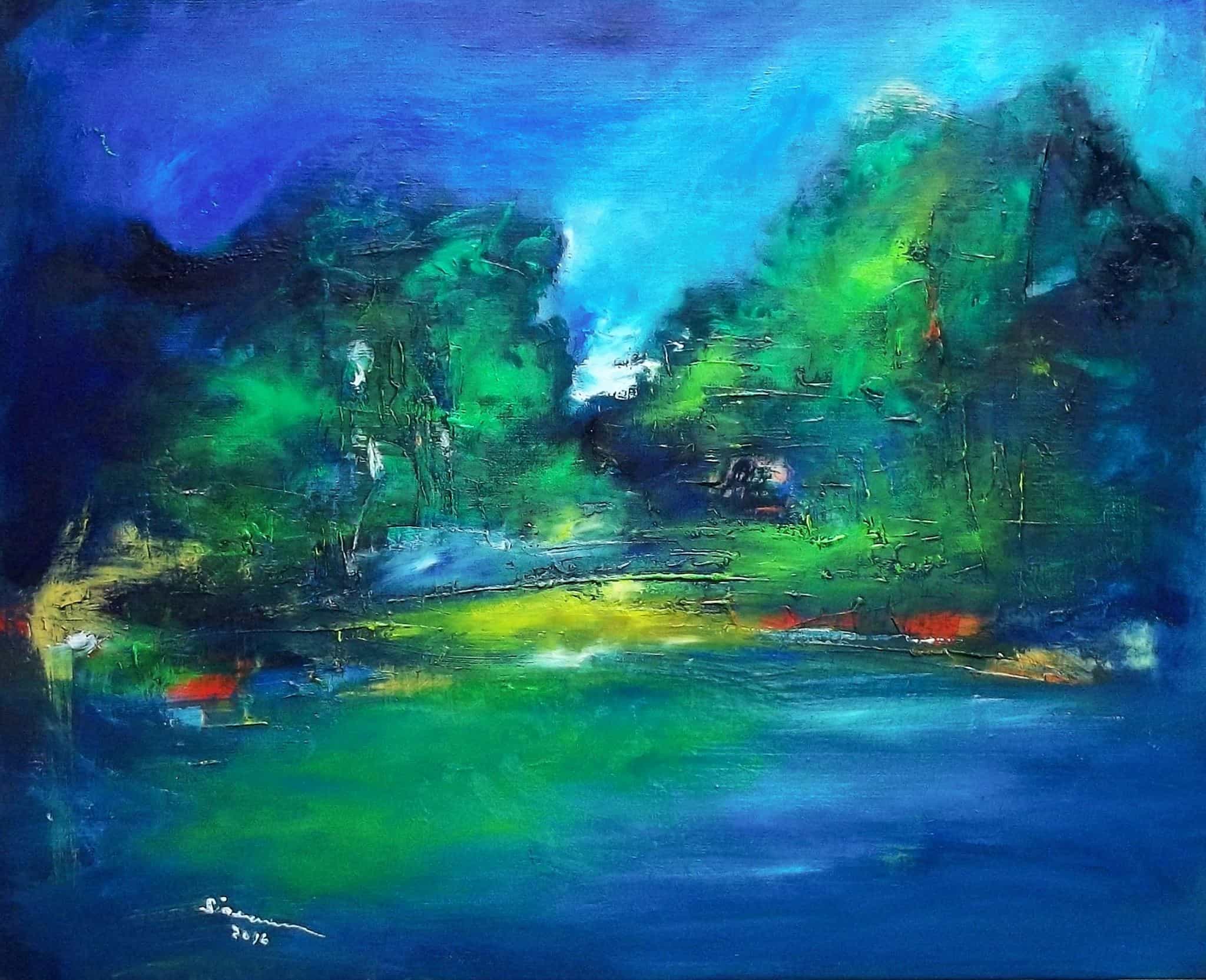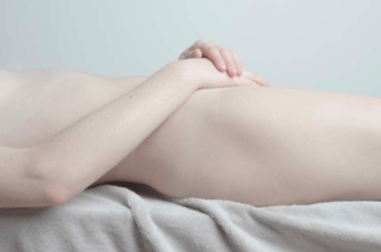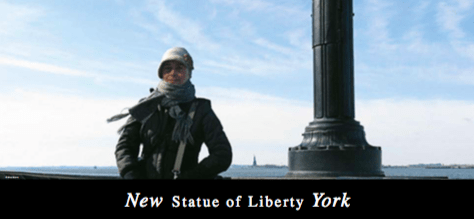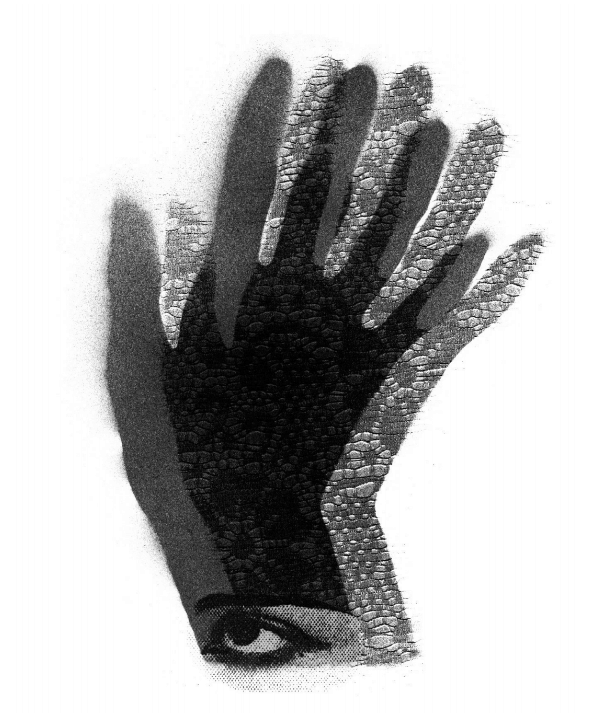Articles writen by three Slovak art theorists about the work of the artist and pedagogue Ladislav Čarný. Jana Geržová (study Between Reconstruction and Interpretation) is devoted to his work in the 80s and 90s - mirror objects, light ob- jects and paintings, mimicrys (cam- ouflages)
“For Decent Slovakia” gathering on March 9, 2018. One of the most interesting par excellence placard was made of a semi-transparent foil and contained the word Transparent [in slovak language also meaning “placard”]. We can approach this creation as an ironic oxymoron or redundancy of
In this paper, I demonstrate the transcultural dialogue which is happening on the basis of partial problems of both russian and non-russian art. This dialogue happens in a historic and a „spatial“ context, which, as a phenomenon, should correspond to the future of geocultural hyperthinking.
The article shows the situation of the Catholic Church in today’s unit- ed socialist Vietnam. The author, a Slovak misiologist, does this on the basis of the experiment of life at the monastery of Vincentian brothers in Ho Chi Minh City as well as through
Based on an ethnographic field research conducted in the do- mestic and public spheres of the province of Punjab (Pakistan), this paper discusses real images (the family photos) embedded in their narrative context. It contributes towards understanding the role play by photographs both in domestic
This paper deals with a question of existentialism (or non-existentialism) in the novel Družné letá (Companionable Summers) written by Dominik Tatarka. The study directly refers to the monograph Dominik Tatarka in the Context of Existentialism (M. Antošová), where we focused on the significant “diapason” of
Projection as a technical method to produce images and artworks has been existing long enough to develop certain conventions and modes of use. The invention of cinema happened almost parallel to the development of the psychoanalysis theories of Sigmund Freud. Projection became not only a
Rebelliousness in the field of artistic photography, typical of the author’s persona, fully manifested itself at the beginning of his creative career already. He never perceived photography as a capture of unrepeatable moments or the depiction of the beauty of the visible. Rather, he tried
Our article concerns the phenomenon of mobility of artists from city to countryside in the context of rurbanization, often seen as a chance to revitalise the countryside by urban traces. Nowadays, the countryside environment changes its functions and forms, from the agricultural production to the
I began with a photography as a student at a film high school. I have always wanted to be a cinematographer. I was studying film language, we told about different visual forms and shooting techniques. I did not want to be a photographer, I devoted
It was February. A cold wind blew from the Hudson River. We stood at the railing, just the two of us. Then, suddenly, in the distance, The Statue of Liberty, she called upon us. At that moment, I remember Max Fritsch, back in Montauk. It
This article seeks to identify the sort of bridging between the concepts of the body, the second body and the other body. The comparative analysis of Emiliya Dvoryanova’s novel and Milorad Pavić’s novel is centred around a few main thematic axes, like these about the


